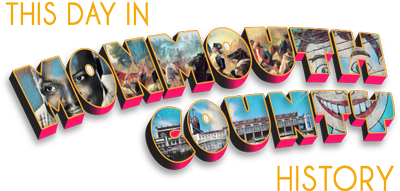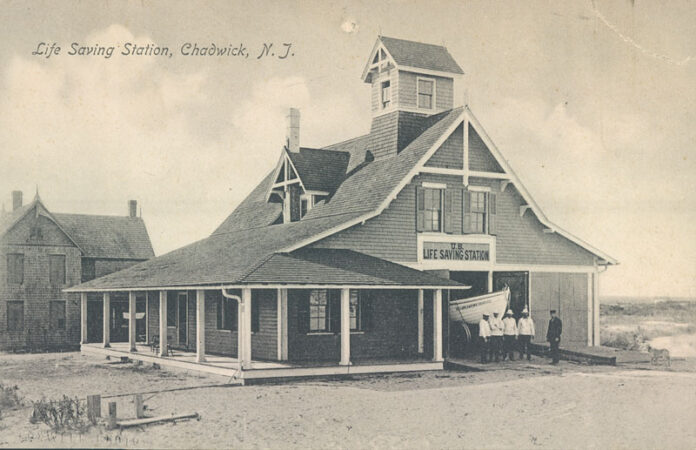Despite proving successful in being able to rescue people from wrecked ships, the U.S. Life-Saving Service struggled to fulfill its mandate, with inadequate manpower, equipment, and a lack of central management. These conditions continued until a major storm struck the east coast in 1854, during which many people died from the lack of life-saving stations, as well as inferior or poorly maintained boats and Life-Cars. This spurred inspections that showed the USLSS was in need of further funding and leadership.
The American Civil War, however, caused further neglect of the government’s shore-based lifesaving network. This neglect continued until 1870, when another vicious storm ripped into the East Coast and many lives were lost. Newspaper editors began to call for reform to “check the terrible fatalities off our dangerous coasts” and to revamp the lifesaving system so that sailors could depend upon help “in the future.”
In 1871, the Treasury Department, responsible for shore-based federal lifesaving efforts, appointed new leadership, allocated new funds, and oversaw a wholesale improvement in the staffing, equipment, and management of the USLSS. New standards called for six-man boat crews at all stations, construction of new stations, performance and physical standards for crew members, and better central management.
The rescues performed by the men of the U.S. Life-Saving Service captured the attention of nineteenth century America. Indeed, the sight of a keeper standing erect in the stern of his small boat, grasping his sweep oar, urging on his men at their oars as the boat rose and fell in high surf, could cause a reporter to write exciting copy. Terms such as “soldiers of the surf” and “storm warriors” were used to describe the lifesavers.
On January 28, 1915, President Woodrow Wilson signed the “Act to Create the Coast Guard,” merging the Life-Saving Service with the Revenue Cutter Service to create the United States Coast Guard. By the time the act was signed there was a network of more than 270 stations covering the Atlantic Ocean, Pacific Ocean, and Gulf of Mexico Coasts, and the Great Lakes. Over its 67 years in operation, the U.S. Life-Saving Service saved thousands of lives from tragic death.
Sources:
Timeline 1700’s-1800’s (sic). (2020). United States Coast Guard Historian’s Office. Available: https://www.history.uscg.mil/Complete-Time-Line/Time-Line-1700-1800/
Means, Dennis R. (1987). A Heavy Sea Running: The Formation of the U.S. Life-Saving Service, 1846-1878. Prologue Magazine, U.S. National Archives and Records Administration. Winter 1987, Vol. 19, No. 4. Available: https://www.archives.gov/publications/prologue/1987/winter/us-life-saving-service-1.html#SL4
Public Acts of the Thirtieth Congress of the United States. (1848) August 14, 1848, P. 114. Available: https://www.loc.gov/law/help/statutes-at-large/30th-congress/c30.pdf
Noble, Dennis L. (1994). That Others Might Live: The U.S. Life-Saving Service, 1878-1915. Naval Institute Press, Annapolis, MD, 1994.
History of the USLSS


Leave a Reply